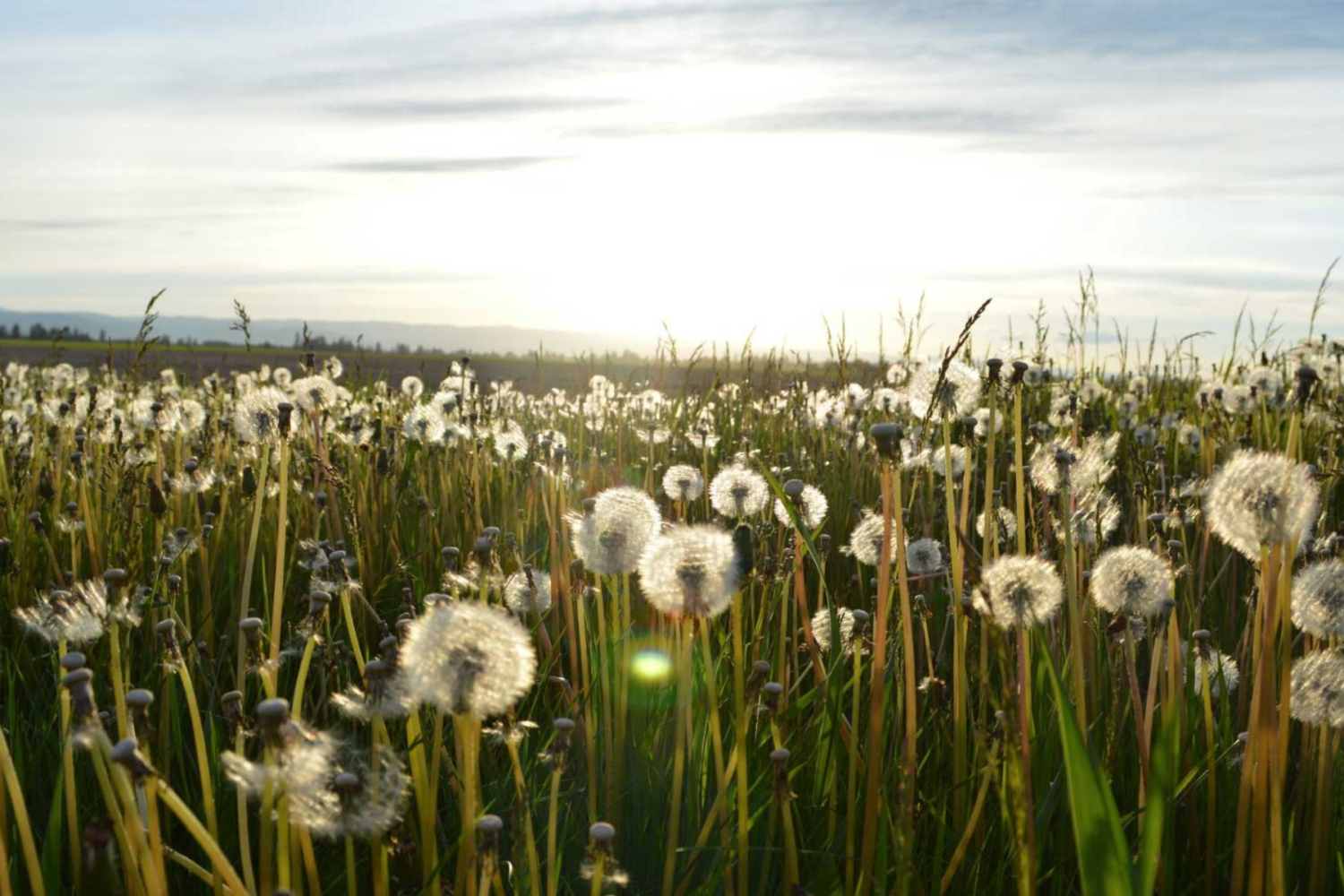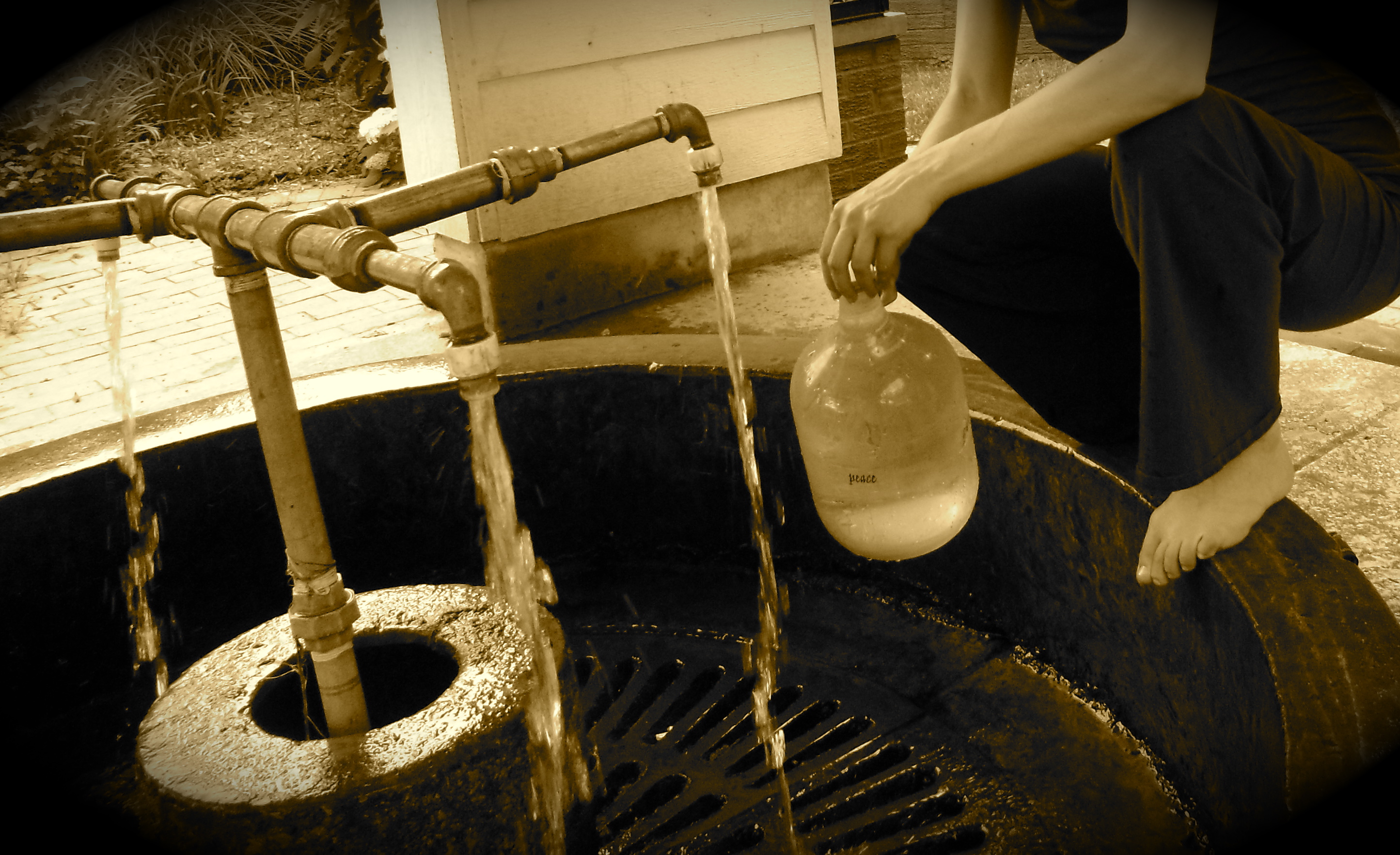there was a time when my daily life consisted of all day, outdoor, sweat-dripping work. i love this type of work. the type of work during which water is evaporating as quickly as it is soaking in. the type that requires clothes to be peeled off to step under a cold shower at the end of the day. these past few days, we’ve been building rock walls, moving around and… Keep Reading


